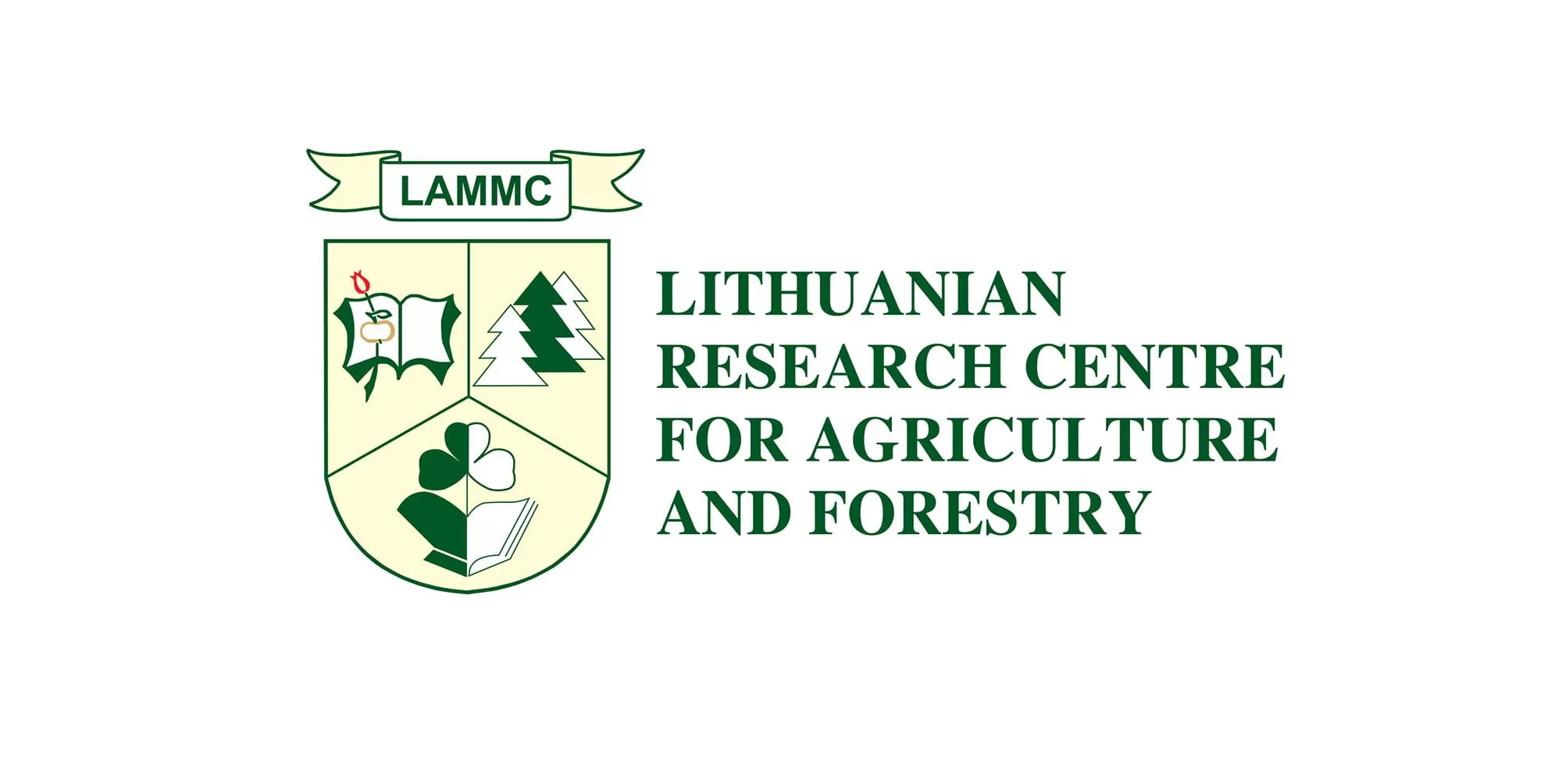NDICEA
Free
Nitrogen is crucial for the potential yield of your crops. Additionally, an excess of nitrogen is an environmental concern. NDICEA provides insight into the availability of nitrogen for the crop throughout the growing season and also demonstrates how much nitrogen remains in the soil after harvest. The grower can experiment with which fertilizers are most suitable at different times.
In addition to nitrogen, the model also calculates the build-up and breakdown of organic matter. The analysis shows whether there is an increase or decrease in organic matter in the soil in the long term. Carbon and nitrogen in the soil are interconnected. The dynamics of these two elements largely occur through soil organic matter. Mineralization of nitrogen from more stable soil organic matter and from faster-decomposing organic matter, such as crop residues and cover crop residues, is a complex process. The NDICEA program models this process and provides insight into the carbon-nitrogen dynamics. For each type of organic matter, the program calculates on a weekly basis when and how much nitrogen becomes available. Just like in real soil, fertilization and crop rotation from previous years have an impact on current mineralization. This takes into account the type of organic matter, local soil type and soil chemistry, weather conditions, and the method of soil preparation. The available nitrogen is not only considered in terms of expected nitrogen uptake by the crop but also in terms of the degree of nitrogen leaching and organic matter build-up. When creating a fertilization plan, the model provides insights into the effect of fertilization throughout the growing season. As a grower, your primary question is whether your crop will have enough nitrogen available to achieve the intended yield. NDICEA utilizes cultivation and fertilization data, along with current regional weather data. This allows for the creation of a site-specific fertilization plan. In various projects, NDICEA has been instrumental in visualizing the effects of fertilization and other measures.
Access the tool
| Name in original language | NDICEA |
| Name in English | NDICEA |
| Designer/ manufacturer | Geert-Jan van der Burgt |
| Accessibility | Free |
| Weblink | https://ndiceaweb.eu/Home/Index |
| Countries of primary use | Netherlands |
| Main language | Dutch/Flemish |
| Other languages available | None |
| Brief description of the tool | Nitrogen is crucial for the potential yield of your crops. Additionally, an excess of nitrogen is an environmental concern. NDICEA provides insight into the availability of nitrogen for the crop throughout the growing season and also demonstrates how much nitrogen remains in the soil after harvest. The grower can experiment with which fertilizers are most suitable at different times. In addition to nitrogen, the model also calculates the build-up and breakdown of organic matter. The analysis shows whether there is an increase or decrease in organic matter in the soil in the long term. Carbon and nitrogen in the soil are interconnected. The dynamics of these two elements largely occur through soil organic matter. Mineralization of nitrogen from more stable soil organic matter and from faster-decomposing organic matter, such as crop residues and cover crop residues, is a complex process. The NDICEA program models this process and provides insight into the carbon-nitrogen dynamics. For each type of organic matter, the program calculates on a weekly basis when and how much nitrogen becomes available. Just like in real soil, fertilization and crop rotation from previous years have an impact on current mineralization. This takes into account the type of organic matter, local soil type and soil chemistry, weather conditions, and the method of soil preparation. The available nitrogen is not only considered in terms of expected nitrogen uptake by the crop but also in terms of the degree of nitrogen leaching and organic matter build-up. When creating a fertilization plan, the model provides insights into the effect of fertilization throughout the growing season. As a grower, your primary question is whether your crop will have enough nitrogen available to achieve the intended yield. NDICEA utilizes cultivation and fertilization data, along with current regional weather data. This allows for the creation of a site-specific fertilization plan. In various projects, NDICEA has been instrumental in visualizing the effects of fertilization and other measures. |
| Target user | Farmer |
| Target crops | Barley, Beans, Maize, Oats, Oilseed rape, Peas, Potatoes, Rye, Sorghum, Soybean, Sunflower, Wheat |
| Type of tool | Desk/computer based tool |
| The tool assesses or provides guidance on | Nutrient recommendation |
| The tool relies on a base recommendation system | No |
| The assessment frequency should be | Once per growing season |
| Required data input is | Crop, Farm location, Soil analysis result, Nutrient input, Growth stage, Soil type, The model consists of three components which will be described in more detail in the following sections. In the first component, the dynamics of soil water are calculated taking into account rainfall, irrigation, evapo-transpiration and capillary rise or its opposite, percolation. In the second component, the decomposition of organic matter and mineralization of organic nitrogen from the initial soil organic matter stock and from successive additions of crop residues and organic manure are calculated by a modified one-parameter carbon dissimilation model and a nitrogen mineralization model, taking into account soil temperature, soil moisture content, soil pH and organic matter protection capacity of soil. In the third model component, soil inorganic nitrogen dynamics are calculated based on nitrogen input by mineralization, atmospheric deposition, irrigation, fertilizers, capillary rise, and biological fixation, and on nitrogen loss by crop uptake, denitrification and leaching |
| The data can be imported from other tools and systems | No |
| The tools main output format is | Value in tool |
| Data can be exported | No |












